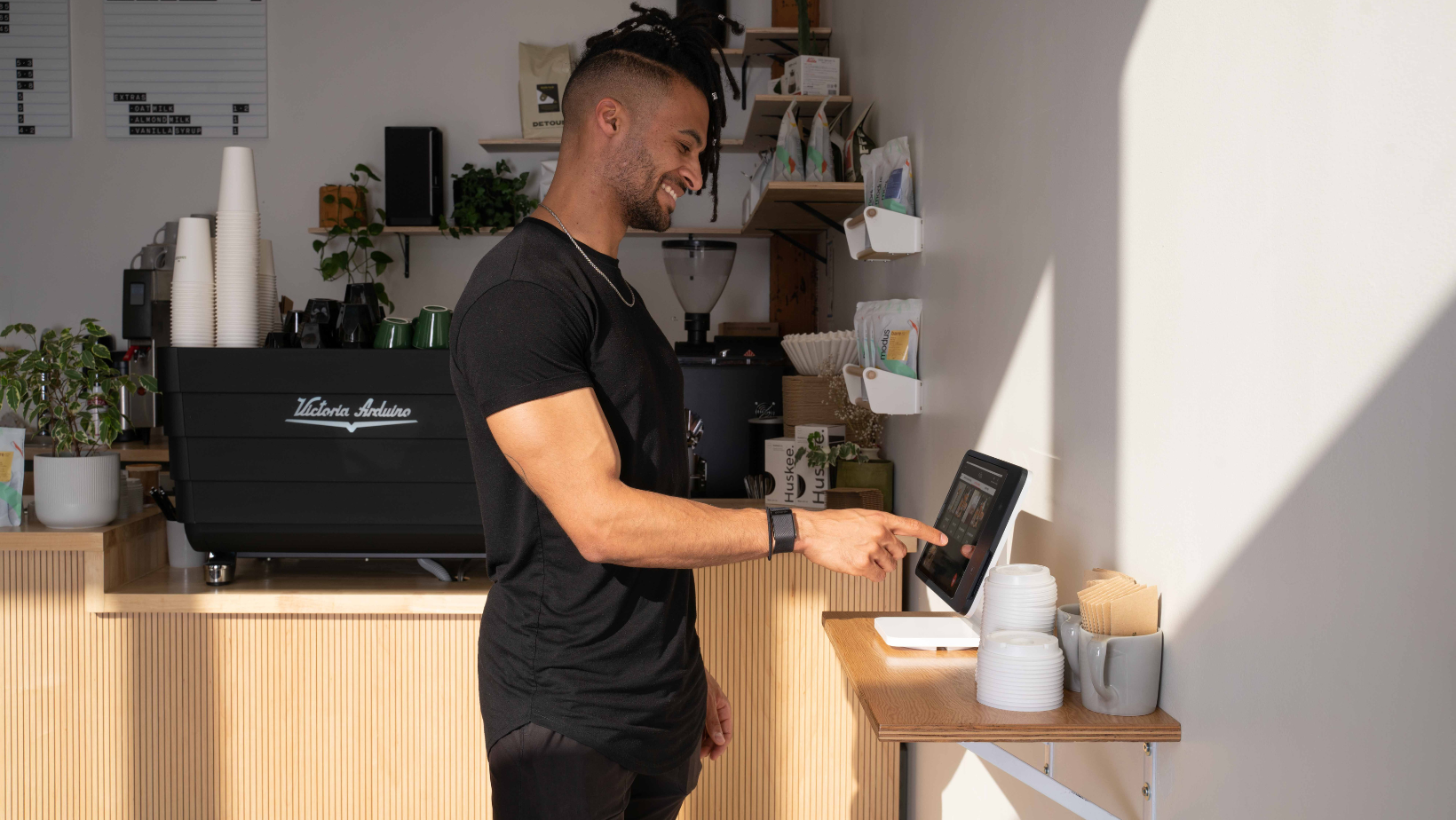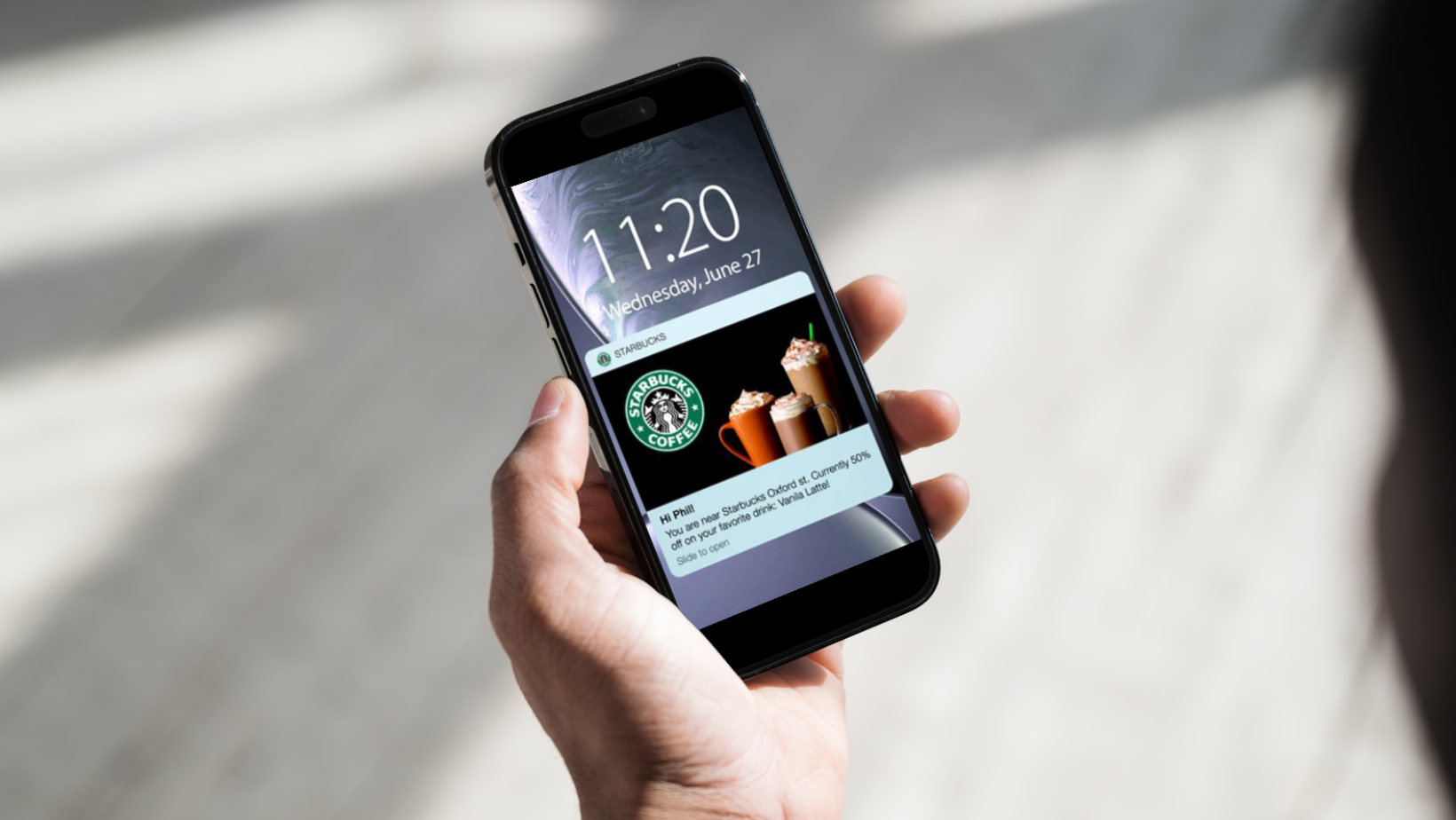AI is Fuelling Local Restaurant Growth. Here's How.
One of the world’s first glimpses of a tech-filled future was 60 years ago.
When “The Jetsons” aired in 1962, the world fell in love with all things futuristic.
From its fast-flying cars to its robot housekeepers, people looked excitedly at Orbit City as a prediction of our own not-so-distant future.
Now fast forward to 2023.
While we might not have schools floating in the Milky Way yet, we do have restaurants leveraging the future-forward tech that Hanna-Barbera teased us with decades ago.
Restaurants across North America are using tech and artificial intelligence (AI) to streamline operations, slash costs, and skyrocket customer experience… and you should be, too.
Here’s why your restaurant needs to hop on the future-focused tech and AI train.
(And don’t worry — the space-bound building part is optional.)
How are restaurants using AI?
AI use in restaurants has been around longer than the discussions about ChatGPT have been alive, especially in QSRs.
Take Domino’s, for example.
They’ve been using AI since 2014 through the creation of their voice assistant, Dom. By speaking to Dom through the app — and more recently through the phone — customers can easily place orders without doing much more than holding their device.
Starbucks has also been investing in AI since 2020 through its Deep Brew initiative.
Deep Brew helps the Seattle-based coffee company with just about everything, from predicting staffing needs using service trends and anticipating when equipment is due for maintenance.
AI isn’t just helping the big players, either.
In a 2021 survey, 57% of the interviewed hospitality owners and managers said they owe their business's survival to adopting new tech. Specifically, 36% of participants called out the importance of new (or improved) online ordering tech.
So, that’s the “how” of AI in restaurants… but what about the “why?”
Why do restaurants need AI?
When it comes to the “why” behind restaurateurs needing AI, the answer is simple: tech streamlines and optimizes restaurant operations.
There are five main ways that restaurants benefit from AI (like Craver’s).
1. Slashed costs.
With the cost of everything on the rise, fronting the cost for an AI-powered app can help slash costs in other places. For example, a Craver kiosk that automates orders is a great way to relieve employees from POS-punching duties. That automation now enables you to re-assign that employee to more meaningful (and helpful!) tasks, giving them an opportunity to use specialized skills while you spend wage funds more wisely.
2. Improved accuracy.
Did you know that human errors can cost hospitality businesses $9,000 a month? While most mistakes aren’t purposeful — humans are human, after all — AI can help reduce them. Adding an option for guests to order through AI (like on a Craver app), accuracy rates shoot through the roof. By letting guests enter exactly what they want, there are fewer opportunities for mis-served dishes and unhappy eaters.
3. Elevated customization.
Customization is more than just a “nice” thing to do — it’s the profitable thing to do. McKinsey & Co. found that companies offering customization features generate 40% more revenue than those who don’t! Apps put the power of customization directly into your diner’s hands (both literally and figuratively), empowering them to take ownership of their order and improve their experience, in the process.
4. Boosted guest service.
While it’s usually unintentional, asking employees to split their focus between food service and guest service is always at the expense of your customer. But, when you free up employees from menial, AI-replaceable tasks (like handling the POS), you can encourage your employees to re-focus their energy on something tech will never replicate: memorable customer service.
5. Optimized delivery.
While an AI-powered app or kiosk is helpful on its own, a whole other layer of benefits is revealed when you consider delivery integrations. When you choose a Craver app, for example, you also get a commission-free DoorDash integration. By leveraging the power of third-party apps, delivery quickly transforms from a high-maintenance hassle to an easy-for-everyone process.
Wrap Up
So, while Orbit City hit the nail on the head by predicting a future that lives and breathes tech, the reality of how restaurants are using these tools looks a bit different. Integrating tech and AI solutions into smaller, locally-owned restaurants offers bigger benefits than just “keeping up” with the QSR giants (and their giant pockets).
It’s about helping you run a better, stronger, more streamlined business one Jetsons-worthy automation at a time.


.png)